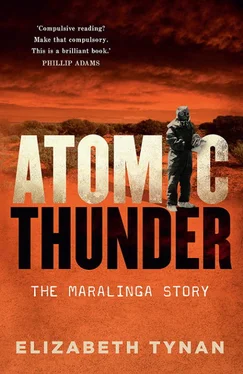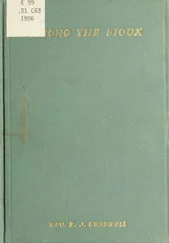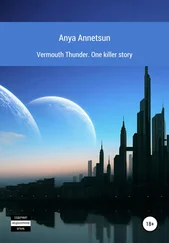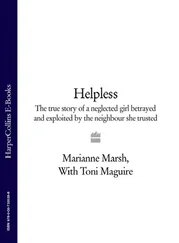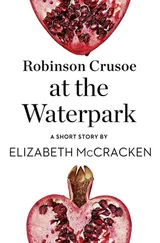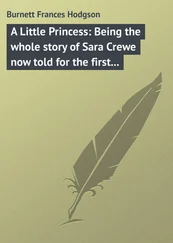The Age in Melbourne applauded Beale, saying he ‘acted promptly to allay misgivings about the cloud drift. Within a few minutes of the Marble Bar reports of heavy radioactive fall-out he readily stated all he knew, and made contact with scientists, whose assurances were soon forthcoming’. The Melbourne Herald had some advice for Beale and his colleagues after the Mosaic incident:
There is a simple way in which the authorities controlling atomic weapon tests can keep the public informed and reassured about their checks on the risk in radio-activity after an explosion. Publication of regular reports by the safety committee, giving the measure of fall-out and the position of the atomic cloud, would prevent needless worry.
As Maralinga was about to begin operations, and people throughout mainland Australia were likely to be affected, this was reasonable advice. However, it was not heeded to the degree warranted by the danger of the tests.
After G2, the British were finished with Monte Bello and departed, leaving an unholy mess in a place that was effectively out of sight, out of mind. While the islands were still subject to the Defence (Special Undertakings) Act, no-one policed its exclusionary provisions. Many ‘salvagers’ on boats defied the warning signs and visited Trimouille and Alpha islands, intent on taking away the huge quantity of scrap metal and other waste that was left lying around the sand dunes. They did so at their own risk.
Both Monte Bello and Emu Field have faded into the background. Certainly they did not experience the same levels of plutonium contamination as Maralinga, which has become shorthand for all British nuclear tests in Australia. This obscures the fact that the nuclear weapons tested at Monte Bello and Emu showed that the British could play the nuclear arms game with the superpowers, even though they were a few years behind.
Both pre-Maralinga sites were important in the history of the British nuclear tests. The British gained much knowledge and established their atomic club credentials, at a high cost to the local people and the environment. The British, still hostage to the McMahon Act, used Monte Bello and Emu Field as staging posts. Now they had a new site, negotiated as an indefinite arrangement. The AWRE was Maralinga-bound, with high hopes that their bomb would pass its final tests and fulfil Penney’s aspirations when he designed it. Soon Britain would have an operational atomic weapon that rivalled those of the US and the USSR.
4
Mushroom clouds at Maralinga
It will be the Los Alamos of the British Commonwealth.
Howard Beale, Australian minister for Supply, 1955.
It is marvellous how fickle the public mind is in these matters and, no matter what the project is, provided it can be pushed ahead without anything untoward happening, the people’s minds soon become inured, and they accept it as one of the ordinary happenings of life.
Frank O’Connor, secretary of the Australian Department of Supply, after the first major atomic bomb tests at Maralinga, 1956.
I had thought Woomera to be rather desolate – it was Piccadilly Circus compared to Maralinga.
Major Dan Buckley, British Army, statement to the Royal Commission, 1984.
In the mid-1950s, as the Cold War intensified, nuclear bombs became the weapons of choice. Britain, committed to building its atomic arsenal, had already established its credentials in Australia. Australia at that time was preoccupied with preparing for the Melbourne Olympic Games in November 1956, a moment of great national pride and considerable distraction for a sporting nation. Meanwhile, in secret but with the confidence that came from the success of their Australian test program to date, the British were full of plans. A ‘permanent’ site was the next logical step, but the significant logistical difficulties ruled Emu out. Supply Minister Howard Beale told Menzies, ‘Emu Field seems to be out of the question, mainly through shortage of water and difficulty of access’. A search had begun even before the Totem series in October 1953. William Penney wanted a remote location that would be suitable for both airburst tests, of atomic devices dropped from an aircraft, and ground tests, of devices detonated on or near the ground.
Again, Len Beadell played a central role. His amazing bush skills, surveying expertise and seemingly instinctive knowledge of the requirements made him best placed to look out over the land and say ‘here’. He had found Emu. Now Penney turned to him once more. Beadell later recalled they wanted somewhere closer to the Nullarbor so they could use the train line, ‘so I went on a 500 mile expedition, discovered a new site altogether which we called Maralinga. That was the same thing all over again – the village site, the connecting roads, the weapons area and the airstrip’. Maralinga was the final destination for the British nuclear tests in Australia. Beadell described the moment when he found the site with his small team of bush bashers: ‘We all knew immediately that this was going to be the place. The saltbush undulations rolled away as far as we could see, even through our binoculars… We solemnly wrung each other’s hands and just gazed about us in all directions for half an hour’.
The site was within the Great Victoria Desert, to the north of the Nullarbor Plain. The Beadell expedition also found remarkable evidence of Aboriginal civilisation – what Chief Scientist Alan Butement, with Beadell at the time, described as the ‘Aboriginal Stone Henge’. This arrangement of numerous piles of large and smaller stones and slivers of shale seemed to form an enormous arrowhead, positioned on a vast claypan between Emu and Maralinga. But, noted Butement, ‘there was not time to make a detailed study of the area’, and that was the end of that. The commissioning of the Maralinga site proceeded without any concern for this priceless relic of an ancient civilisation. The process included erecting survey beacons by December 1954 and choosing the locations for a permanent 3000-metre bitumen airstrip, and a road to Watson, a small railway siding settlement to the southwest. The Australian Services Task Force and the Kwinana Construction Company set out the engineering works. Kwinana was an Australian-based company wholly owned by UK firms that had not long before built an oil refinery in Western Australia. In no time, the preparations for a nuclear test site began, including building quarters for the thousands of men who would live there. Bristol freighter aircraft arrived from Britain, bringing with them the means to build a weapons testing range from scratch.
Although remote, the site, originally known as X300, was more amenable than Emu Field, with better access, more reliable water supplies and enough flat land to construct an airstrip, a railway siding and a village, built in a pleasant, heavily wooded area. Penney was overjoyed. He consulted with Butement, but Penney was the one to be convinced. And he was. Maralinga soon became one of the few places in the world where nuclear bombs were detonated.
The red desert site was officially named Maralinga in November 1953, a month after Operation Totem, and preparations began immediately to test the local meteorological conditions for their potential effect on fallout. A formal agreement to carry out atomic tests at Maralinga was signed by the two governments on 7 March 1956, following talks in London in 1955 between Menzies and Churchill’s successor as prime minister, Anthony Eden. The Memorandum of Arrangements indicated that Maralinga would be available to the British ‘for a period of 10 years which may be extended by mutual agreement’, and the area would be rent-free. The agreement specified that no hydrogen (thermonuclear, fusion) weapons would be tested there, and that each test to be carried out would be separately agreed by the Australian Government, under the veto of its AWTSC. The document also provided for data from the tests to be shared with the Australians. The British did not often do this, however, which increasingly became a point of contention for the Australian Government.
Читать дальше
